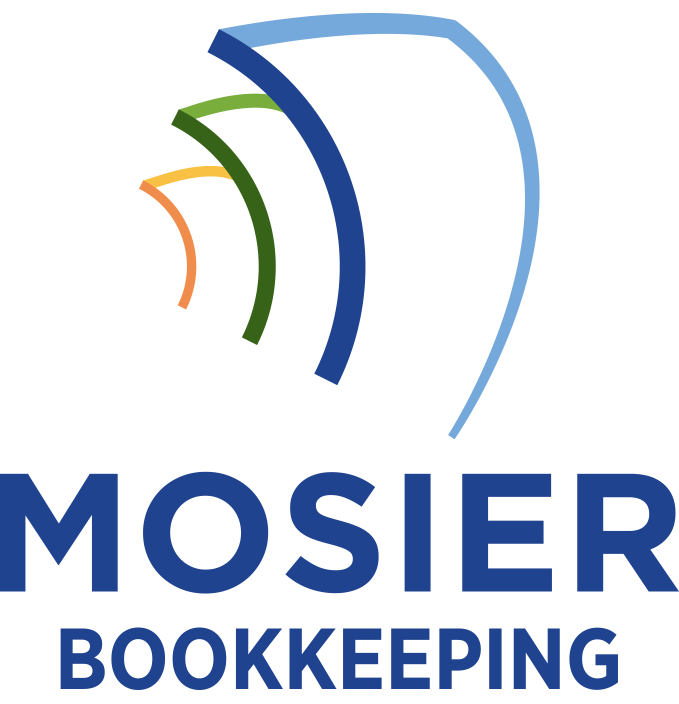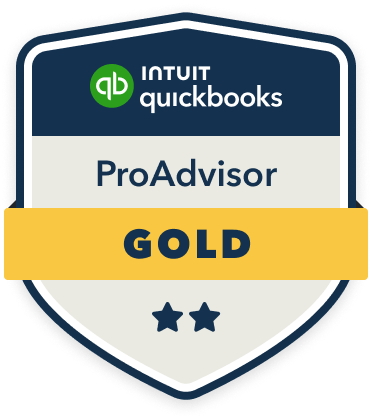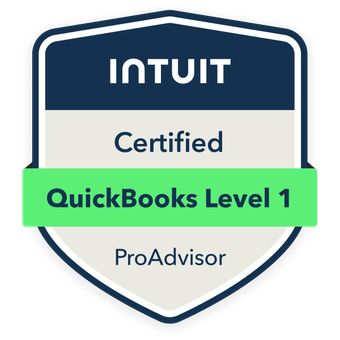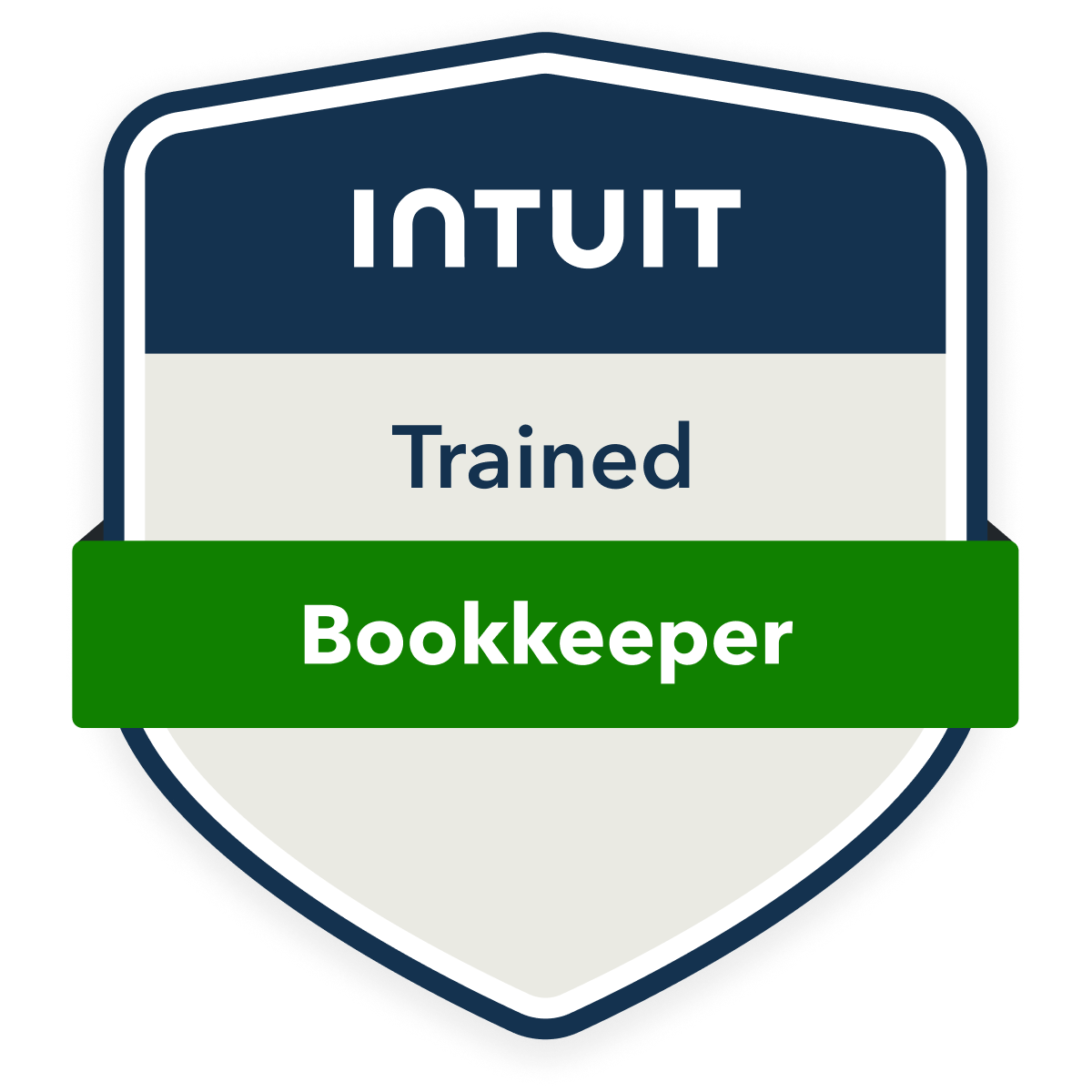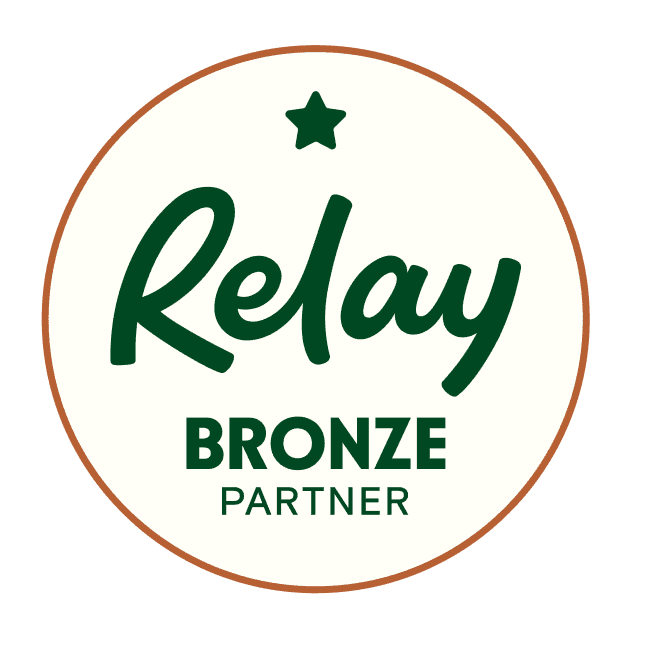To safeguard non-profit compliance through bookkeeping, I’ll highlight five essential practices you must implement: maintain detailed records of all financial transactions, separately track restricted and unrestricted funds, file IRS Form 990 annually, establish clear internal controls, and document program-specific costs. You’ll need robust systems for tracking donations, grants, and expenses, supported by regular audits and proper documentation trails. Comprehending these foundational elements will reveal critical insights into effective non-profit financial management.
Key Regulatory Requirements for Non-Profit Bookkeeping

When managing a non-profit organization’s finances, compliance with regulatory requirements forms the foundation of proper bookkeeping practices. I’ll show you how to master the essential regulatory elements that guarantee your organization’s financial compliance.
You must maintain detailed records of all financial transactions, including donations, grants, and expenses. I emphasize documenting restricted funds separately from unrestricted funds. You’re required to file Form 990 annually with the IRS, demonstrating transparent reporting of your organization’s financial activities. Additionally, you need to establish internal controls for accurate expense allocation and implement systems for tracking program-specific costs against your overall budget.
Essential Financial Records and Documentation Systems
Building upon these regulatory requirements, an extensive documentation system must form the backbone of your non-profit’s financial operations. I’ll guide you through establishing essential record-keeping frameworks that protect your organization’s compliance status.
You’ll need to maintain detailed accounts payable and receivable ledgers, cash flow statements, balance sheets, and income statements. I recommend implementing a robust chart of accounts that categorizes every transaction. Store bank statements, canceled checks, donation receipts, and grant documentation. Create audit trails for each financial decision and transaction, ensuring you can trace the flow of funds from source to expenditure.
Best Practices for Tracking Donations and Grants
I recommend establishing separate ledger entries for each individual donation and grant to maintain clear audit trails and guarantee accurate reporting. You’ll need to carefully document any donor-imposed restrictions or conditions, creating distinct tracking mechanisms for restricted versus unrestricted funds. Monitoring grant spending deadlines requires implementing a systematic calendar or alert system to track key milestones and secure timely fund utilization in accordance with grantor requirements.
Record Each Gift Separately
As non-profit organizations receive multiple types of gifts throughout the year, maintaining separate records for each donation or grant is essential for accurate financial reporting and regulatory compliance. I recommend creating individual entries that detail the donor’s information, gift amount, date received, any restrictions, and intended purpose.
I guarantee each gift’s documentation includes its specific terms, conditions, and reporting requirements. This level of detail helps me track donor restrictions, prepare accurate tax acknowledgments, and demonstrate proper fund management to regulators. When audited, I can quickly verify that I’ve allocated and used each gift according to donor specifications and legal requirements.
Document Donor Restrictions Properly
Proper documentation of donor restrictions represents a fundamental component of non-profit financial management. I maintain detailed records of all donor-imposed limitations on how and when funds can be used to guarantee compliance and build trust.
- Create separate accounts for restricted and unrestricted funds
- Record specific timing requirements for fund usage
- Document purpose restrictions aligned with program objectives
- Maintain original donor agreements and correspondence
- Track compliance progress and milestones
I implement these practices to protect my organization’s reputation, demonstrate accountability, and fulfill my fiduciary responsibilities. This systematic approach helps me avoid legal issues while maximizing the impact of donated resources according to donor intent.
Monitor Grant Spending Deadlines
While managing grant funding requires multiple controls, monitoring spending deadlines stands out as a critical priority for non-profit organizations. I recommend implementing a robust tracking system that alerts you to upcoming deadlines and remaining balances. You’ll need to establish clear protocols for monitoring each grant’s specific timeline, spending requirements, and reporting obligations.
I advise creating a centralized dashboard that displays key deadline metrics, enabling you to make strategic spending decisions. By maintaining real-time visibility of grant expenditures and deadlines, you’ll minimize the risk of forfeiting funds or breaching compliance requirements. This systematic approach guarantees ideal utilization of your grant resources.
Managing Restricted Funds and Program Expenses
The accurate tracking of restricted funds represents one of the most critical responsibilities in non-profit bookkeeping. I guarantee compliance by maintaining separate ledger accounts for each restricted fund and meticulously documenting program expenses.
- I implement fund accounting software to segregate restricted and unrestricted assets
- I create detailed expense allocation methodologies for shared program costs
- I maintain donor restriction documentation and corresponding expense trails
- I establish internal controls to prevent restricted fund misuse
- I generate regular reports showing restriction compliance and fund balances
This systematic approach enables me to demonstrate proper stewardship and maintain donor trust while ascertaining regulatory compliance. Regular reconciliation validates that restricted funds serve their intended purposes.
Regular Audits and Internal Controls

I must emphasize that maintaining proper documentation for independent audits forms the foundation of non-profit financial accountability. Your organization needs a systematic approach to organizing financial statements, bank reconciliations, board minutes, and grant documentation to meet auditor requirements. I recommend conducting regular internal control risk assessments to identify vulnerabilities in your financial processes and establish appropriate safeguards against fraud or misappropriation.
Independent Audit Documentation Requirements
Maintaining detailed audit documentation represents a cornerstone requirement for non-profit organizations seeking to demonstrate financial accountability and regulatory compliance. I recommend organizing your independent audit documentation to include:
- Original financial statements with supporting schedules and reconciliations
- External auditor correspondence and engagement letters
- Documented sampling methodologies and testing procedures
- Evidence of internal control assessments and compliance testing
- Management representation letters and responses to audit findings
I guarantee these materials remain readily accessible for regulatory review. This systematic approach strengthens your organization’s position during audits and reinforces your commitment to transparency. When regulators examine your documentation, you’ll demonstrate professional-grade oversight of financial operations.
Internal Control Risk Assessment
Effective internal control risk assessment requires systematic evaluation of your non-profit’s financial vulnerabilities and control mechanisms. I recommend conducting quarterly assessments to identify potential fraud risks, operational inefficiencies, and compliance gaps in your organization’s financial processes.
To maximize control effectiveness, I’ve found it essential to implement segregation of duties, establish clear authorization protocols, and maintain detailed documentation trails. You’ll need to assess risks across key areas: cash management, procurement, payroll, and asset safeguarding. I guarantee risk matrices are updated regularly, reflecting changes in operations, personnel, or regulatory requirements. This proactive approach strengthens your organization’s financial governance.
Digital Tools and Software for Compliance Management
As non-profit organizations face increasingly complex compliance requirements, digital tools and software platforms have become essential for managing financial records and regulatory obligations. I recommend implementing these powerful solutions to streamline your compliance processes:
- Cloud-based accounting systems with automated audit trails
- Document management platforms with version control capabilities
- Regulatory compliance monitoring software with real-time updates
- Grant management systems with built-in reporting features
- Financial dashboard tools with customizable compliance metrics
I’ve found that integrating these digital solutions reduces errors, enhances transparency, and strengthens your organization’s compliance posture. By leveraging automation and data analytics, you’ll maintain better control over financial documentation while meeting regulatory standards more efficiently.
